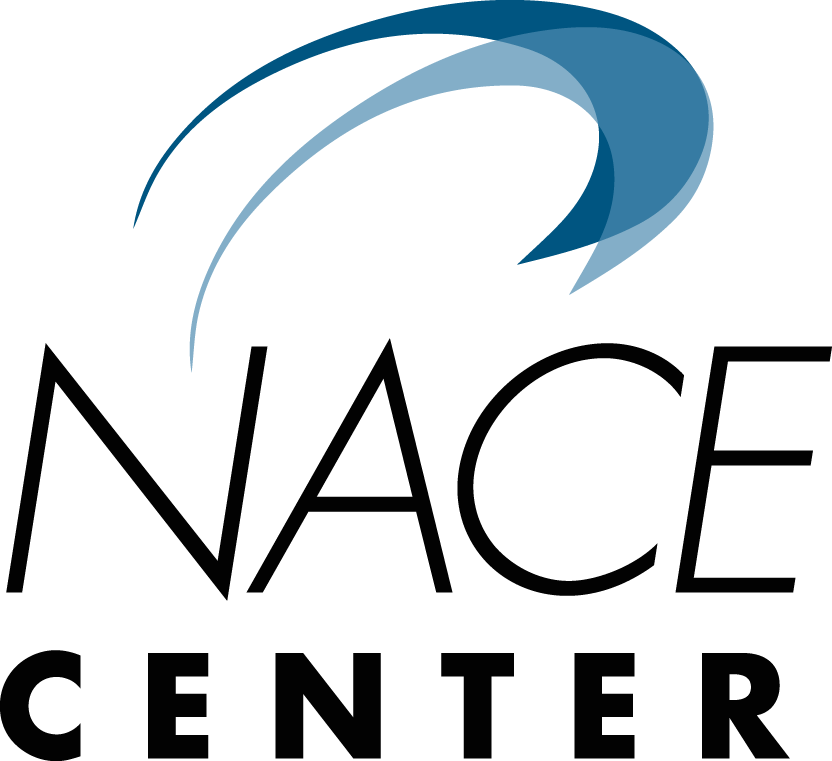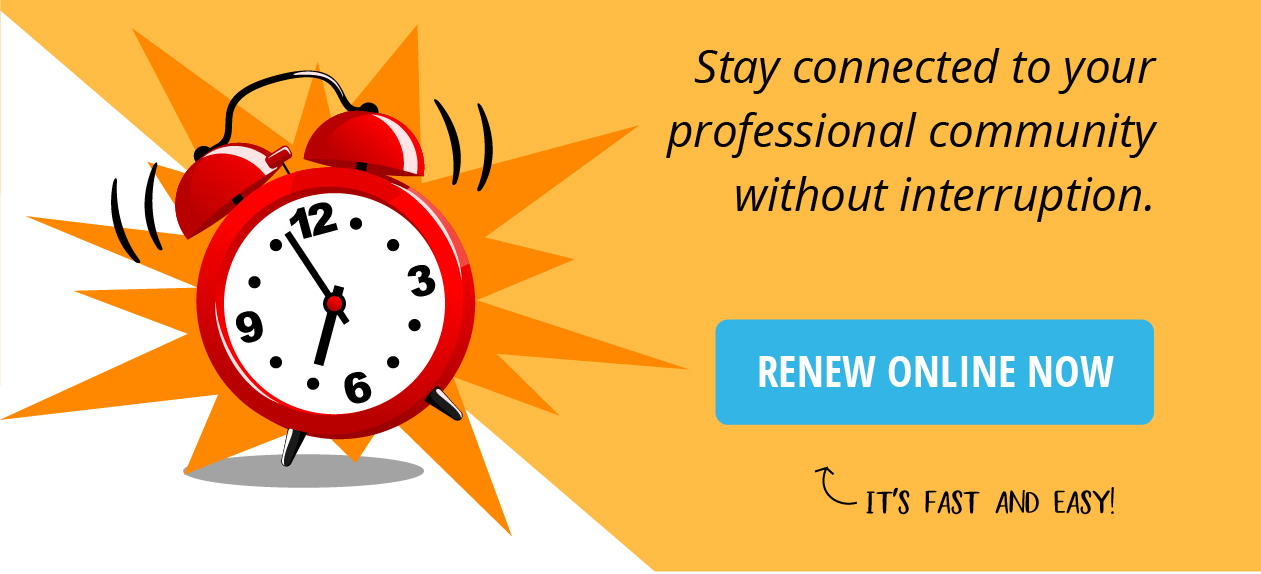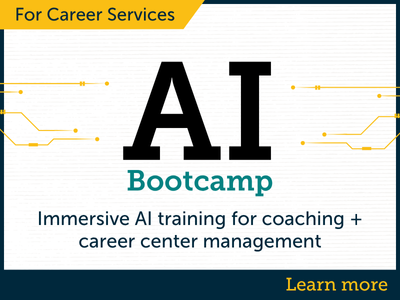This article shares early findings from a three-year study on how students define and experience communication readiness as they prepare for the workforce. The research, grounded in a redesigned organizational communication capstone course, highlights student-identified concerns—including conflict, identity, emotional labor, and workplace ambiguity—that are often overlooked in traditional career preparation. Rather than viewing communication as a polished skill set, students called for more adaptive, relational, and ethically grounded support. While a manuscript presenting the findings for communication faculty is currently under review for publication, this piece focuses on takeaways career services professionals and employers can apply now.
Ask employers what they want from new graduates, and communication tops the list. Ask them what is missing, and it is often the same thing: NACE’s 2024 Student Survey and Job Outlook 2025 surveys found that communication is both the most valued and most lacking competency in today’s entry-level hires.
Ask students, and they’ll tell you they feel ready—that is, until they find themselves deciphering passive-aggressive Slack messages, managing vague feedback, or trying to resolve team conflicts without stepping on toes. The gap isn’t about laziness or entitlement. It’s about the unspoken norms of workplace communication—what to say, how to say it, and when silence speaks volumes.
As business communication professors, we learned this not by lecturing harder but by stepping back.
In spring 2025, we redesigned a senior capstone course in organizational communication to put student concerns at the center. Instead of delivering a polished curriculum on professionalism, we asked students directly: What communication challenges are you actually worried about as you prepare for life after college?
The answers—and the semester-long discussions that followed—reframed our understanding of what communication readiness really means for students.
In this article, we share what happened when we let students lead. We describe how we gathered their insights, what they revealed about the hidden communication struggles they face, and how those findings can inform the way career services professionals and employers support the next generation of employees. Ultimately, we make the case for a more adaptive, relational, and ethically grounded approach to preparing students—not just to land jobs, but to thrive in them.
How We Collected the Insights: Our Grounded Theory Study
The insights shared here come from the first year of a three-year qualitative study exploring how students define and experience communication readiness as they transition into the workforce. This initial phase took place in a spring 2025 organizational communication capstone course at a small university in New England, where 13 students co-designed the semester around their concerns about workplace communication. Their reflections, discussions, and end-of-semester recommendations form the foundation of our findings.
What We Found: Students Know More Than We Think, But Not What We Expect
The 13 students in our course had all worked jobs or internships. Their concerns weren’t about writing cover letters or dressing for interviews. Their questions weren’t about formatting emails. Their questions were about fitting in, being taken seriously, and surviving environments that didn’t always feel safe or fair.
They talked about conflict. Respect. Navigating toxic work environments. Dealing with addiction. Figuring out who they could trust. Knowing when to speak up and when to walk away.
They didn’t want polish. They wanted tools for the gray areas, situations where the “right” communication move isn’t always clear, though that’s not generally how we, as professors, career services professionals, or employers treat career readiness. Instead, we position it as a skill set: Write clearly, speak confidently, make eye contact.
But by doing so, what if we’re missing the bigger picture?
When we center student voices, a different model of communication readiness emerges. That new model is adaptive as students will need to read the room, respond to ambiguity, and adjust to unfamiliar norms on the job. It is relational, as they will also need to build trust, navigate power dynamics, and manage emotional labor. And it’s ethically grounded as students have to ask and answer: Can I succeed here without losing myself?
These are high-stakes questions. And they’re not addressed by mock interviews or resume critiques alone, so as a part of the study we also asked students how we can provide what they are asking for. At the end of the course, we asked students what better support for their communication readiness would look like. Their answers were clear; thankfully, they were actionable, too. Students want:
- More real-world scenarios. They want to role-play tough conversations, practice navigating difficult team dynamics, and learn how to advocate for themselves.
- More exposure to messy workplaces. They asked for guest speakers who could talk candidly about burnout, dysfunction, and how to navigate toxic environments.
- More opportunities for reflection. Students see the value in writing about their insecurities, discussing past missteps, and getting feedback in a low-stakes environment.
- More respect, modeled. Students notice how the adults in their lives treat them—and each other. They want institutions to model the respectful, inclusive communication that we preach.
Across the board, they weren’t asking for hand-holding. They were asking for honesty, support, and the chance to practice.
What This Means for Career Services Professionals
The findings from this study point to one clear takeaway: Traditional career prep isn't enough. To meet the moment, career services professionals must go beyond checklists and mock interviews. Students are asking for something deeper. Here are five ways to provide it.
1. Embed real-world scenarios into your programming.
Add communication simulations to your workshops, such as conflict in team projects, vague feedback from supervisors, setting boundaries with coworkers. Don’t just teach “how to be professional.” Let students practice responding to the gray areas they’re actually worried about. Try this:
- Host role-play labs with rotating scenarios based on real workplace challenges.
- Co-facilitate these sessions with employer partners who can share candid stories and give real-time feedback.
2. Let students help shape the content.
Position students as collaborators, not just participants. Ask them what they’re nervous about, what situations they want to practice, and how they define readiness. Their input can reshape your workshops, speaker lineups, and materials. Try this:
- Run a pre-semester focus group or survey.
- Involve peer mentors in designing content and facilitating sessions.
3. Teach the hidden curriculum explicitly.
Workplace norms often go unspoken—especially those around communication. Many students haven’t been taught how to follow up professionally, read tone in digital messages, or exit conversations gracefully. Try this:
- Create a “hidden curriculum” module or toolkit.
- Offer microsessions on decoding email tone, managing ambiguity in meetings, or navigating power dynamics respectfully.
4. Prioritize trust and authenticity.
Gen Z values real talk. Avoid overly polished presentations and encourage guest speakers to be vulnerable. Model your own experiences with uncertainty or missteps—they matter more than perfection. Try this:
- Replace panel presentations with “career story” interviews focused on workplace struggles and recoveries.
- Provide low-stakes spaces for students to reflect on their fears and mistakes.
5. Collaborate across campus.
You don’t have to do this alone. Faculty, student affairs, and employer partners all bring different insights. Working together ensures students hear a consistent message and see how communication challenges play out in different contexts. Try this:
- Co-host interdisciplinary programming with communication faculty.
- Bring in alumni mentors to lead problem-solving workshops.
When you embrace this expanded approach to career readiness, you also need to update how you define success. It’s not just about job placement. It’s about long-term thriving. And that requires that you also start asking different questions:
- Are students better equipped to navigate conflict and ambiguity?
- Can they articulate their communication values and boundaries?
- Do they feel confident speaking up—respectfully and strategically—when something feels off?
These are the outcomes that matter, because readiness isn’t just about getting in the door. It’s about what happens after: building trust, making decisions under pressure, and showing up authentically in complex, evolving environments. That’s the kind of preparation today’s students are asking for.
What This Means for Employers
If you’re hiring early-career professionals, communication will likely top your wish list—and your frustration list. Students want to show up prepared, but the kind of preparation they need isn’t always what they’re getting. This research points to a simple but powerful shift: Employers can play a major role not just in onboarding talent, but in fostering long-term communication readiness. Here’s how:
1. Make your communication culture explicit.
Don’t assume new hires “just know” how things work. Many are navigating unspoken rules for the first time. Be intentional about naming your norms—and explaining the reasoning behind them. Try this:
- Include a “how we communicate here” guide in onboarding materials.
- Walk new employees through examples: how to follow up on a project, when to use Slack vs. email, how to escalate concerns.
2. Create safe on-ramps for questions.
New hires often hesitate to ask questions that feel basic—the especially around communication, feedback, or interpersonal dynamics. Make it clear who they can go to, and normalize asking. Try this:
- Assign a “communication buddy” or peer mentor who can field informal questions.
- Encourage managers to share the questions they were afraid to ask early in their careers.
3. Model the gray areas.
Students want to learn how to handle the tough stuff—vague feedback, team tension, unclear expectations. One of the best ways to help is to talk about it openly. Try this:
- During team or one-on-one meetings, share real communication challenges you’ve faced and how you worked through them.
- Offer team-wide “learning moments” after communication breakdowns, framing them as shared growth, not individual failures.
4. Reframe professionalism as mutual respect.
Students are rethinking what it means to be “professional.” What they crave is clarity, kindness, and cultures that value authenticity over polish. Try this:
- Audit your dress code, communication expectations, and feedback norms for hidden barriers.
- Invite early-career employees to share what helps them feel respected and included.
5. Partner with campuses to shape readiness.
You don’t have to wait until someone is hired to start shaping readiness. Career services offices (and business communication professors like us!) are hungry for employer input—especially around the real-world communication challenges grads will face. Try this:
- Collaborate on communication simulations or mock workplace scenarios.
- Speak in classes or workshops about the messy, human side of work—not just the highlights.
When you expand how you support early career talent, you also expand what’s possible for your team. Because readiness doesn’t stop at onboarding: It’s about retention, belonging, and building teams that can navigate hard conversations with courage and care. That’s not just good for your new hires—it’s also good for your business.
What to Do Now: Stop Guessing, Start Asking
Too often, we approach career readiness support based on our own assumptions. But the students in our course taught us something simple and powerful: If we want to know what they need, we have to ask.
When we treat students as co-creators—not just consumers—of their professional development, we don’t just teach communication. We model it. And that may be the most career-ready lesson of all.






